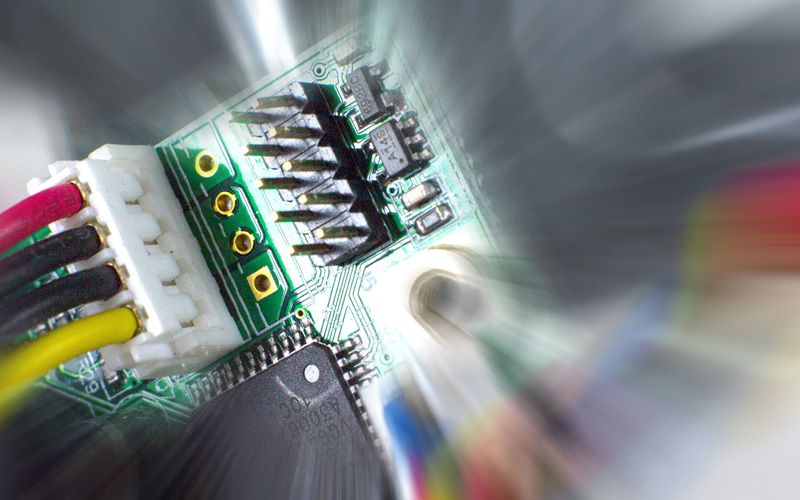MobileMuster, the official recycling program of the Australian mobile phone industry, estimates that 25.5 million obsolete phones are littering Australian homes and workplaces. These idle mobiles and their waste could be could be transformed into high-value metal. The gold alone adds up to over $80 million.
“Mining our waste stockpiles makes sense for the economy and the environment,” Ms. Sahajwalla said.
Obsolete mobile phones and other e-waste are currently taken to “mega-smelters” for recycling and some of it has to be shipped overseas, noted Ms. Sahajwalla.
The aim is for these prototype mini-factories to be taken to waste sites, reducing transport costs and emissions from trucking and shipping. “They also promise a safe way for poor communities in developing nations to generate income from the production of metal alloys,” Ms. Sahajwalla added.
Ms. Sahajwalla’s prototype uses precision high-temperature reactions to produce alloys from the waste circuit boards, while also destroying toxins. Then a drone identifies the target metals from crushed e-waste and a robot extracts them before they are taken to the furnace.
UNSW’s SMaRT centre estimates that a tonne of mobile phones contains 130 kilograms of copper, 3.5 kilograms of silver, 340 grams of gold and 140 grams of palladium. This adds up to metal alloy worth tens of thousands of dollars.
Ms. Sahajwalla said that the micro-factories could be run regionally in Australia, uniting networks of local councils with not-for-profit recycling companies and local businesses.
The United Nations Environment Program estimated that the global electronics industry generated 42 million tonnes of obsolete equipment in 2014. The UNEP said this e-waste contained almost $70 billion worth of embedded resources.
“The world urgently needs a safe, low-cost recycling solution for e-waste,” Ms. Sahajwalla said, adding that “our approach is to enable local communities to transform e-waste into valuable metal alloys.”
She said that an industry partner is interested in her latest invention.
“It is great to see that UNSW is researching and investigating micro-recycling factories. There is great potential here for this technology to be used in developing markets where there is a lack of recycling infrastructure,” said Spyro Kalos, the manager of MobileMuster’s recycling program.










